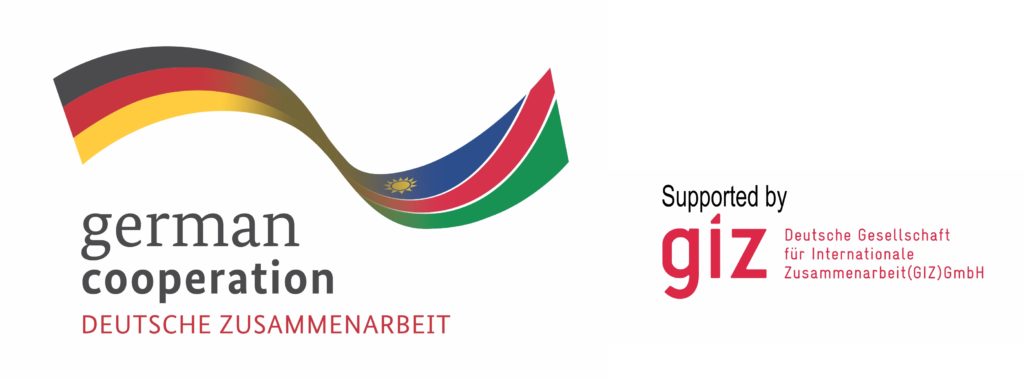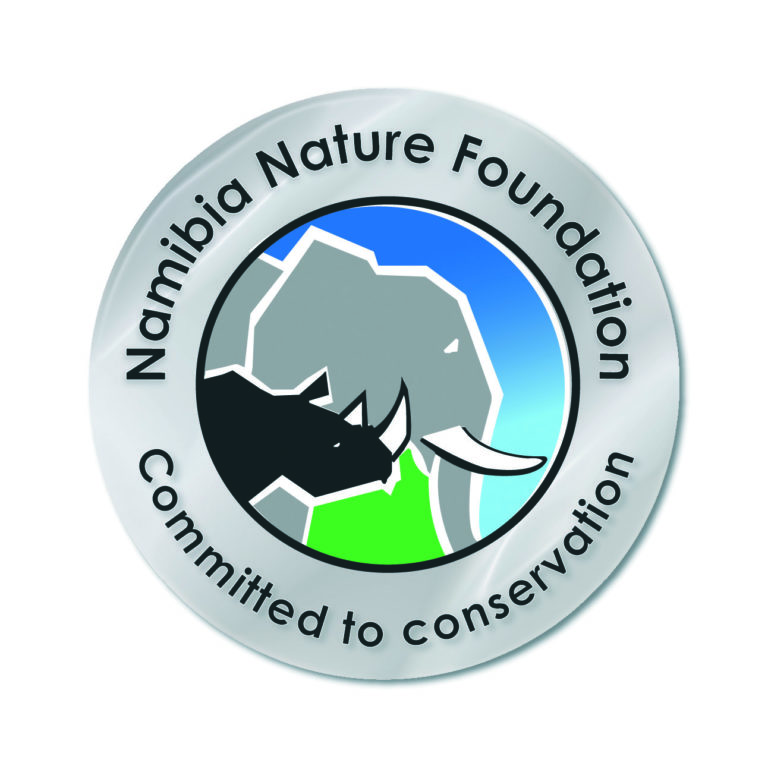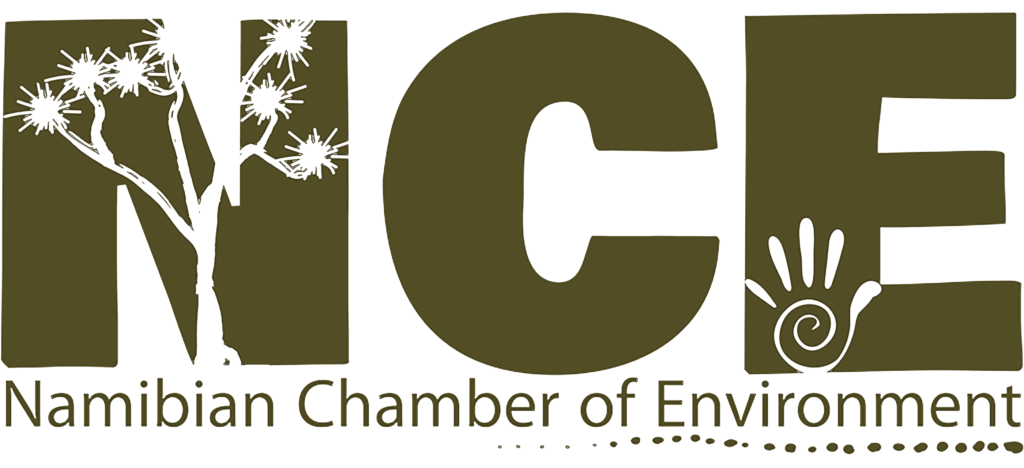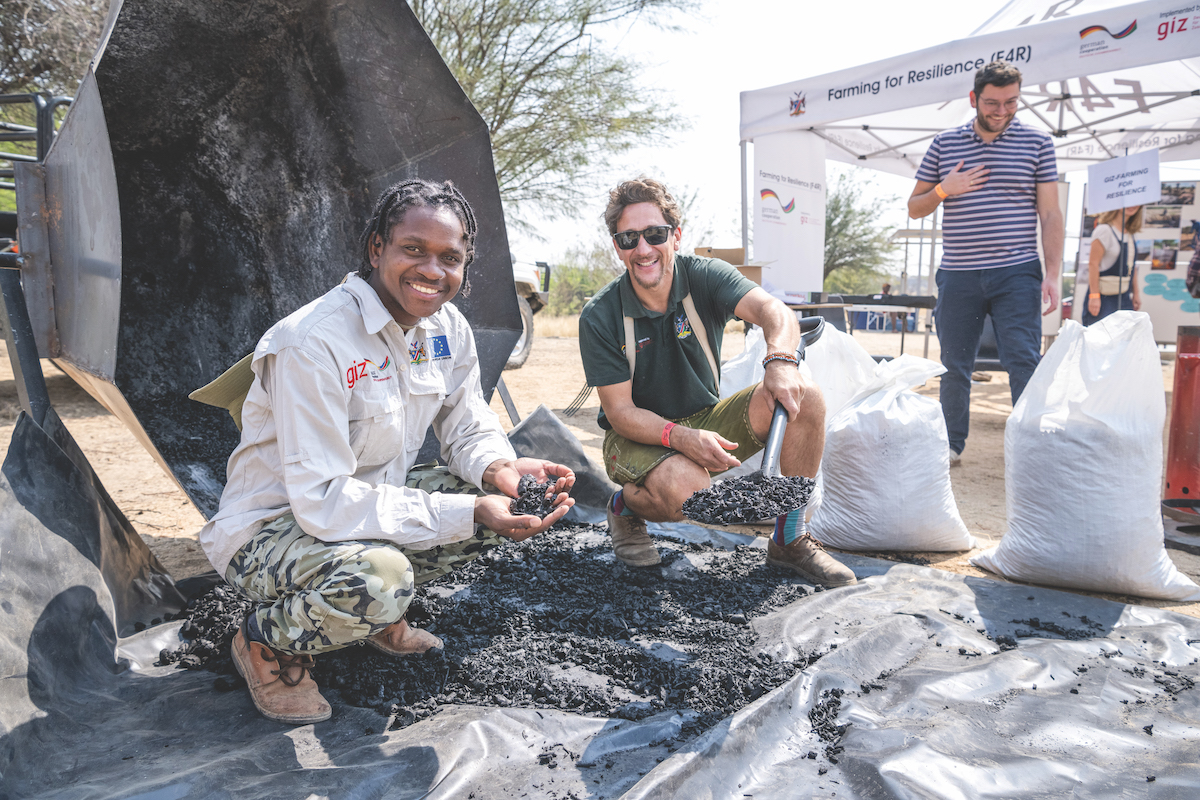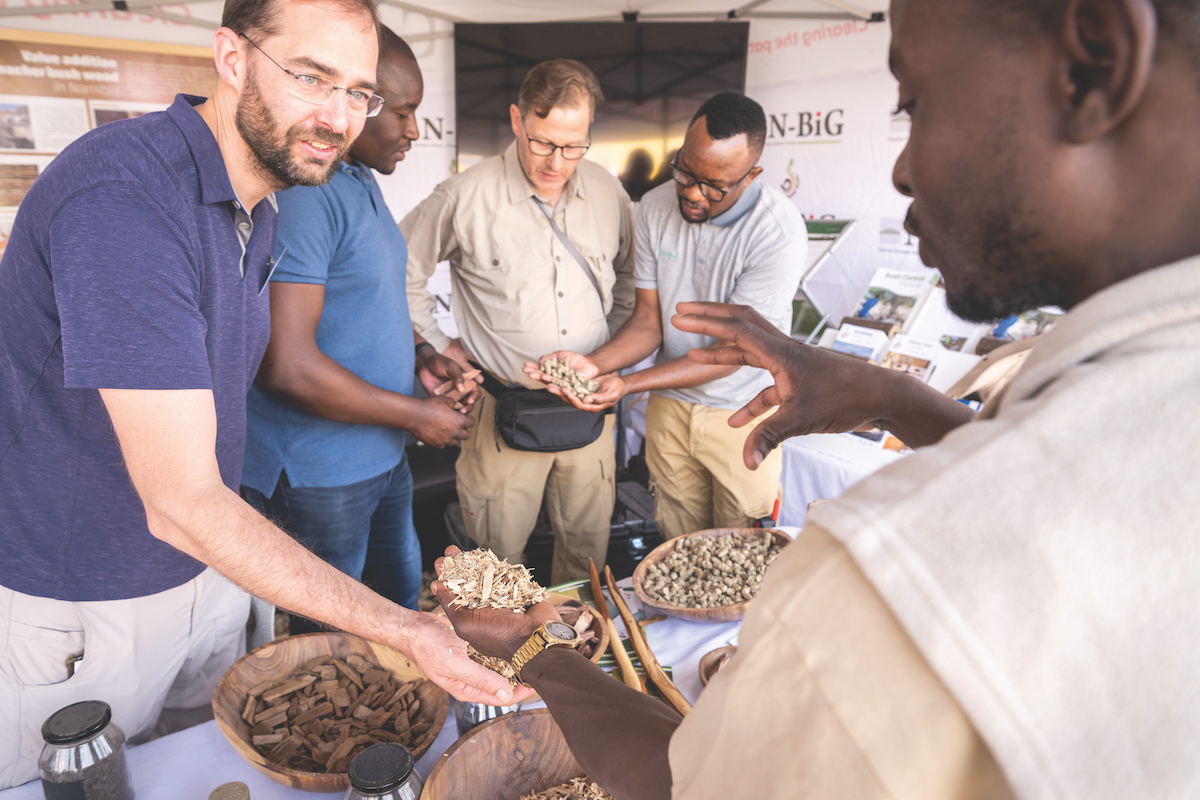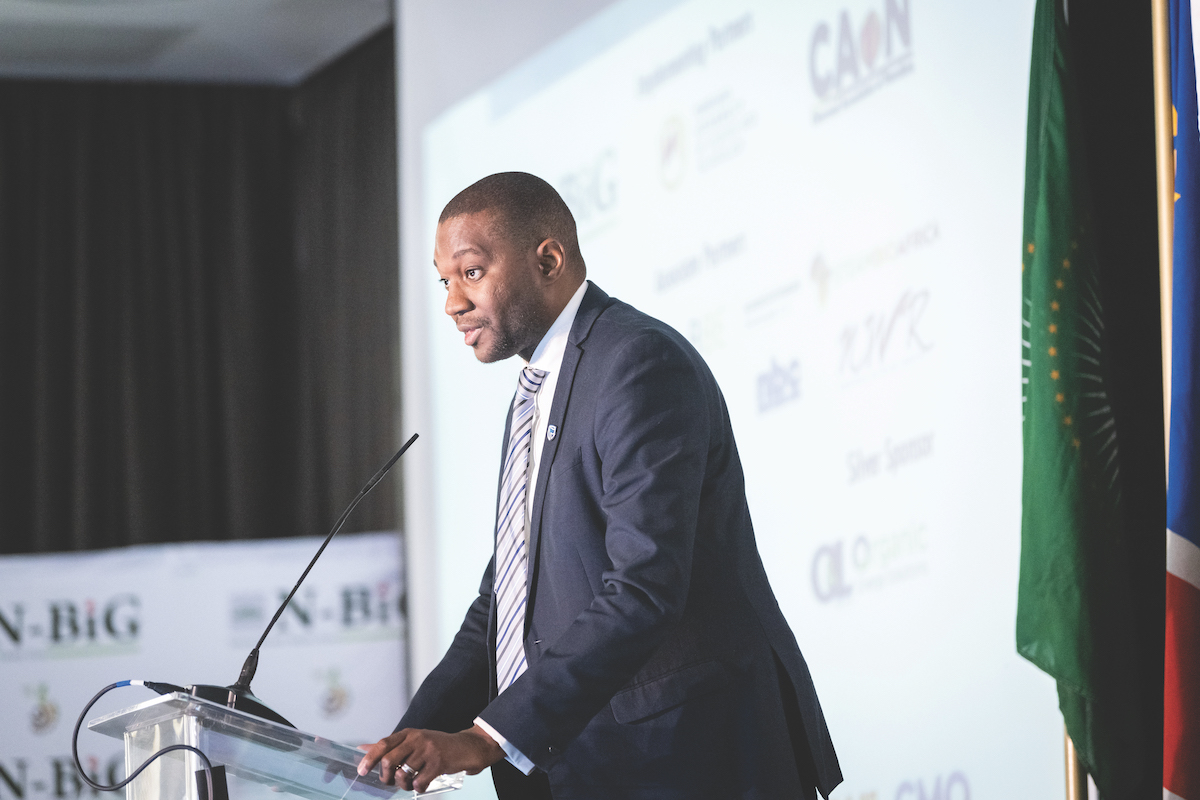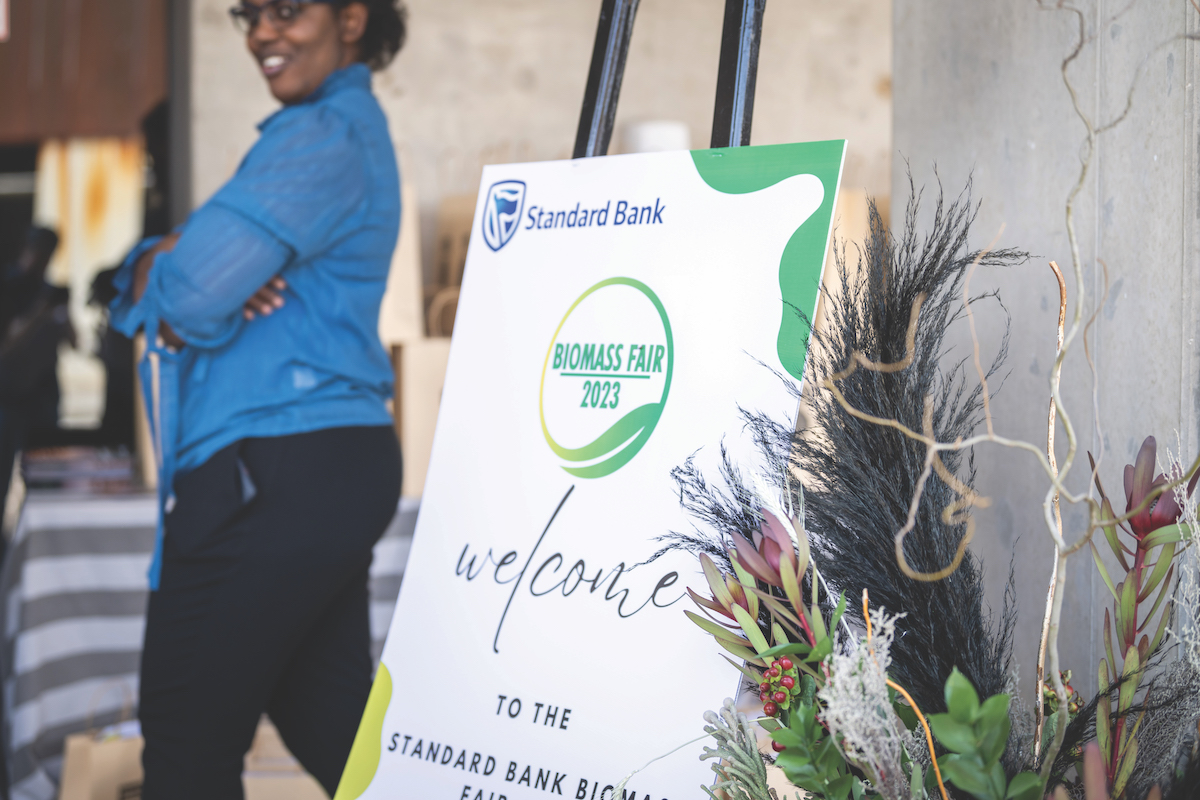
Bush Talks brings together different actors of the biomass sector in Namibia to exchange knowledge, share best practices and coordinate efforts for sustainable and economically viable use of bush biomass.
Talking to the experts: What is bush encroachment?
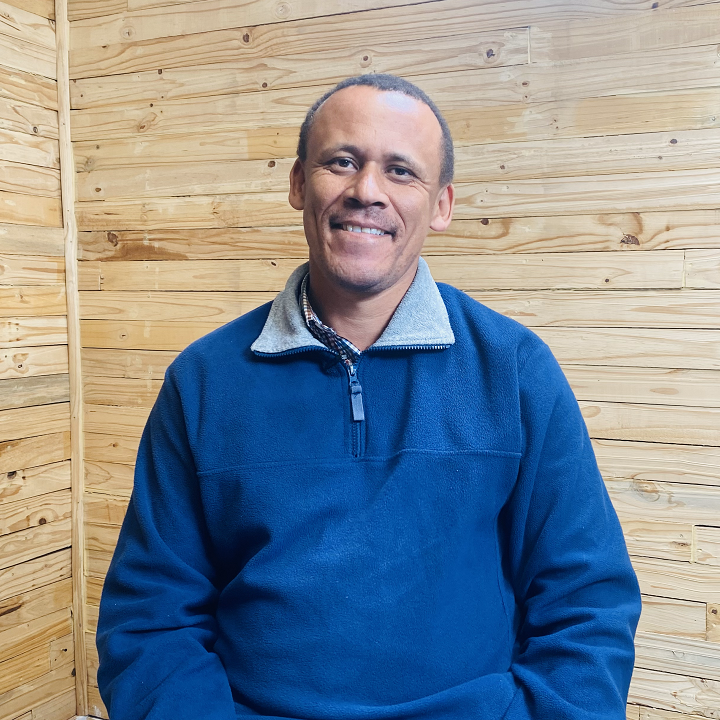
Dr Jerome Boois
National Botanical Research Institute
The Department of Forestry has developed a tool which quantifies the level of encroachment as well as the levels of harvesting that can occur on a specific piece of rangeland. Jerome Boois says officials from the Directorate of Forestry are being trained to use the tool: “They should be the ones doing the assessments on the farm and see whether there is enough biomass available … for the farmer to do biomass harvesting and in that way they can issue a permit or not depending on the availability of biomass.”
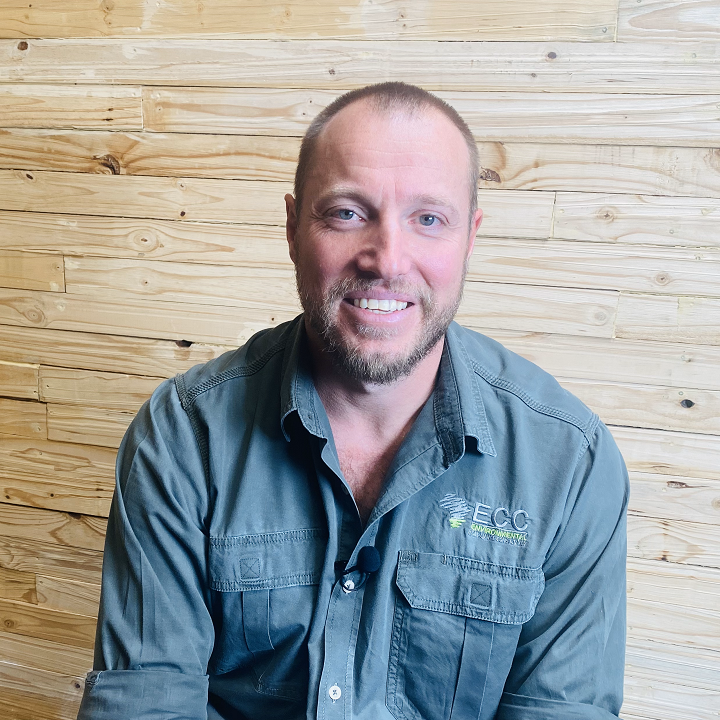
Stephan Bezuidenhout
Environmental Compliance Consultancy
Stephan Bezuidenhout (Environmental Compliance Consultancy) shares information on the Forest Stewardship Council (FSC). “Under FSC there is actually a standard written specifically for the Republic of Namibia. And this standard dictates that biomass quantification needs to be monitored in a scientific methodology…. [FSC] is a voluntary standard, however, it is required by various markets and thereby becoming a standard that needs to be implemented throughout the country,” he says.
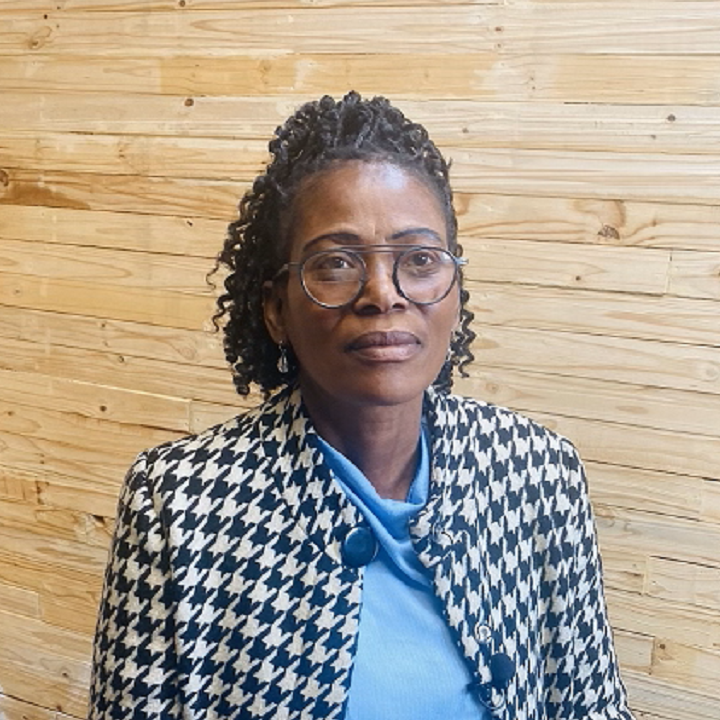
Agnes Tjiramba
Farmer in the Omaheke Region
Agnes Tjiramba, farmer in the Omaheke region, has been involved in bush control for around eight years. She is pleased with the income she generates through charcoal production and she is starting to see the benefits of bush thinning: “My farmland is very small, but I won’t be affected by drought now, because I have a lot of grass. I have a lot of fodder through bush thinning.”
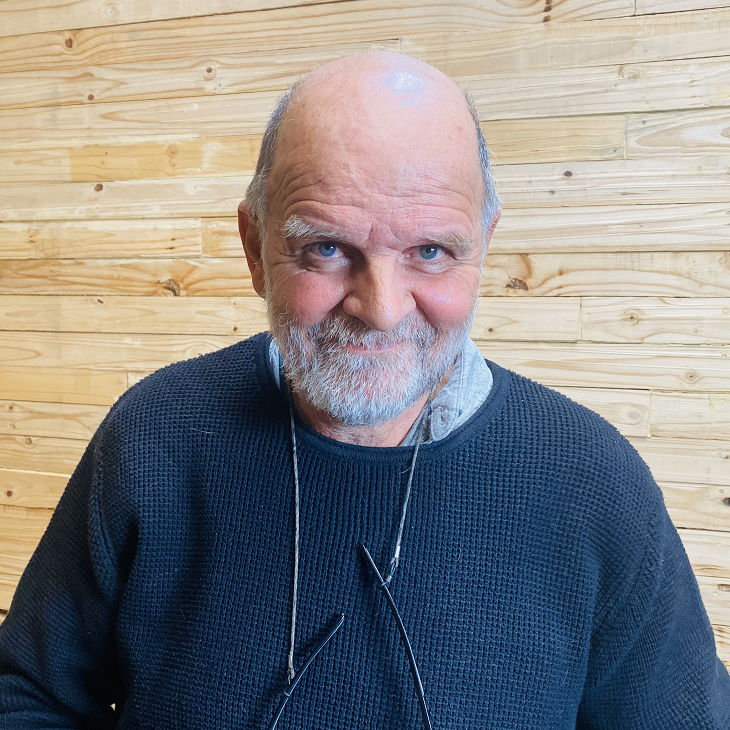
John Pallett
Southern African Institute for Environmental Assessment
“Farmers must realise that they are really looking after the grassland and the soil more than the cattle,” says John Pallett (Southern African Institute for Environmental Assessment). There are a number of principles that help to manage rangeland, such as knowing the resource base, managing for effective rest and recovery, enhancing soil condition and addressing bush encroachment.
Get the Biomass Quantification Tool
What are we going to do with all this biomass?

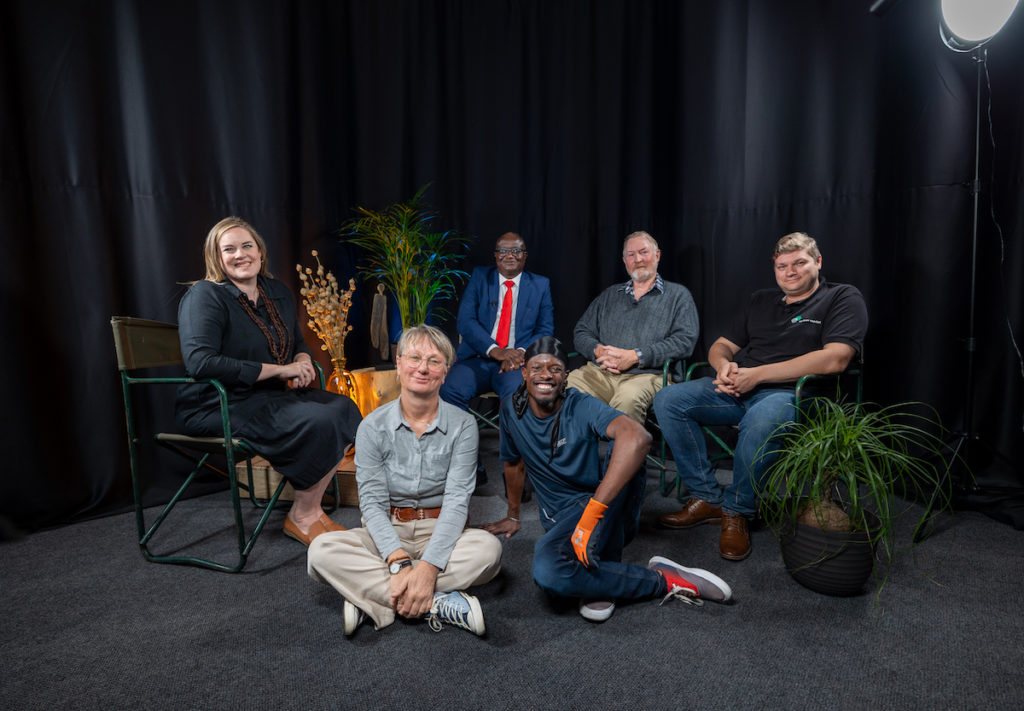

1. A Unique Namibian Situation
Colin Lindeque, Managing Director of Carbon Capital, even places Namibia at the top of the world: “I’d say it’s the most sustainable or one of the most sustainable biomass resources in the world.”

2. "Its an Enabler Bush"
Michael Humavindu, Deputy Executive Director in the Ministry of Industrialisation and Trade, focusses on the opportunities. “It’s an enabler bush for industrialisation, for job creation, for environmental sustainability, and also to ensure that we have an ecological carbon sink that is sustained. So that’s our message as a Ministry.”
In terms of development, it is strategically significant that “biomass is intrinsically decentralised”, as Colin Lindeque puts it. “What we need to ensure in the country is that not everyone loses all opportunities in the rural areas and floods the cities. Our cities cannot sustain the entire Namibian population. So the biomass industry really has a critical role to play in the economic development of the country.”
Chris Brown amplifies the point that the biomass industry is well positioned to benefit the Namibian population at large: “One of the best ways to ensure food security is for people to have jobs. When people have money in their pocket, they can buy food. And the more jobs that can be created through this industry, the better. So job creation for me is often the most important aspect that we can be looking at.”

3. Biomass Export Brings Back Benefits
Considering the huge resource, Namibia’s domestic market is tiny. Furthermore, in most cases, higher prices can be realised in export markets. “It’s important for us to get the best value possible for our resources and sometimes export markets allow that,” Colin Lindeque points out.
The export of biomass products not only realises higher prices, but often brings back high ecological and social standards. European consumers, especially, want the products they purchase to be produced as sustainably and as ethically as possible. For that, they are prepared to pay a premium. Standards such as the Forest Stewardship Council (FSC) for charcoal, for example, raise the bar in harvesting practice and socioeconomic responsibility in Namibia.
“When you are able to create a traceable standard system right to where that charcoal is harvested and produced, you’re able to ensure that entity is adhering to the best labour and safety regulations. And from us as the Ministry of Trade, that’s what we want to see,” Michael Humavindu explains.
The 2023 Biomass Fair
With 45 million hectares of the country considered “bush encroached”, Namibia finds itself in a unique situation – one which holds the potential to provide revenue and opportunity. And indeed, a dynamic industry is developing around the biomass resource. Here is a summary of what was discussed at the recent Standard Bank Biomass Fair 2023.
Under the theme Igniting the Growth of the Biomass Sector in Namibia the three-day Standard Bank Biomass Fair showcased biomass technology as well as field demonstrations to promote the booming biomass sector in Namibia.
Implemented by the Namibia Biomass Industry Group (N-BiG), the Charcoal Association of Namibia (CAoN) and the Namibia University of Science and Technology (NUST), this event brought together stakeholders from all over the globe to network and exchange best practices and knowledge on bush control and biomass utilisation.
The Biomass Sector's Promising Future: What Lies Ahead?

Biomass Utilisation in Namibia: “A resilient sector with continuous growth”
Stakeholders are clear – the future is bright! Timo Mufeti, Environmental Commissioner, highlights the need for upscaling projects and regulatory improvements to keep the sector growing.
Coordinating the Biomass Sector: A Collective Effort!
Joseph Pechsini and Progress Kashandula emphasize the importance of inclusivity and collaboration among private sector, research, and government to achieve socio-economic development.
A Namibian Biomass Board coming soon… regulation and the future of the sector
Stakeholders advocate for a Biomass Board establishment and the revision of the Forestry Act. Director of Forestry discusses the need for self-regulation, collaboration, and addressing industry challenges.
Johnson Ndokosho – the Director of Forestry in the Namibian Ministry of Environment, Forestry and Tourism unpacks the importance, success and future of the bush biomass sector in the country – a landscape restoration project with enormous socio-economic potential.


